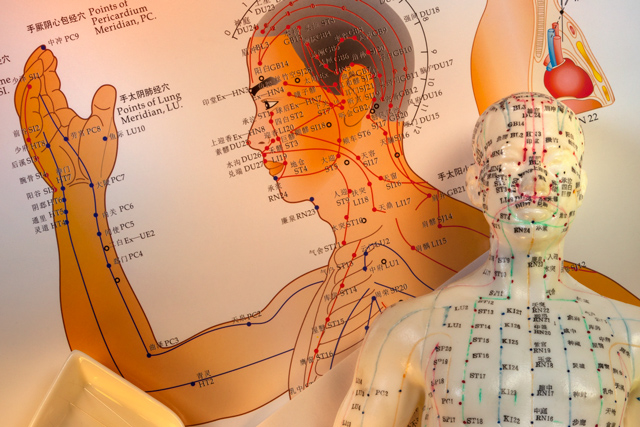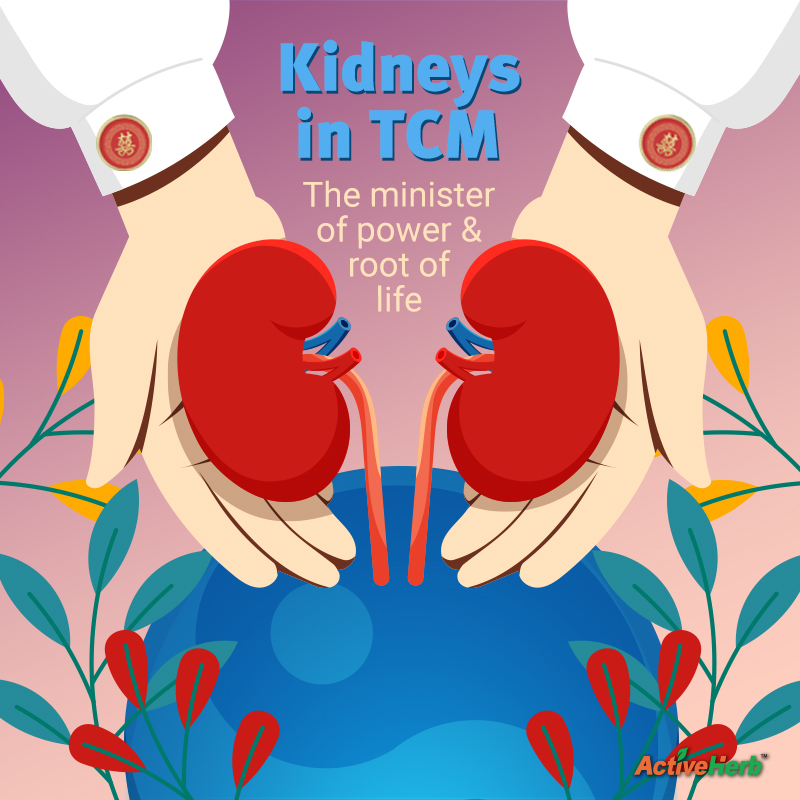What Are Meridians And Are They Real?

“What are meridians of the body? And are meridian lines real?” are questions newcomers to TCM (Traditional Chinese Medicine) often ask. From the western perspective, if something can’t be proven, it’s disregarded. Here’s how both TCM and modern science validate energy channels….
Can it really be that we have a network of pathways that transport energy throughout our body? Is this microscopic pipeline really responsible for our physical, emotional, and spiritual well-being? And can we really correct imbalances in our bodies using herbs as well as stimulating points with needles that coincide with these pathways?
Ancient cultures believed in these pathways and did indeed fix imbalances by adjusting the amount of energy that flows through these energy pipelines within the body.
The ancient Siamese (Thai) culture called them ‘sen’ lines. The ancient yogis who established Ayurvedic medicine referred to these energy pathways as ‘nadis.’ And traditional Japanese, Tibetan, and Chinese physicians called them ‘channels’ or ‘vessels.’ Traditional Chinese medicine (TCM) practitioners also referred to them as what can be translated as the now-popular term ‘meridians.’ It’s likely every ancient society that developed their unique healing philosophy had a term synonymous with ‘meridian.’
What are meridians?
A basic TCM definition of the meridians of the body is that they are a network of ‘energy channels’. You’ve probably seen an anatomical chart of meridian points in an acupuncturist’s treatment room, or other type of healer. When you take a look at this chart, it appears that these meridian lines are superficial, appearing just below the skin. Meridians can go much deeper than skin surface, as we’ll come back to in a bit.
Meridian lines are thought to connect the surface of the body with the internal organs. As long as Qi (energy) can flow through these energy channels in the Goldilocks zone (not too little and not too much), disease can be averted.
Every organ and major region in the body needs energy in order to function. Energy comes from the nutrients we eat from food, and from free-flowing blood. There are six pairs of meridians (12 total major meridians), each affecting a corresponding Yin/Yang organ.
Can Science Prove Meridians of the Body?
Long before Benjamin Franklin experimented with electricity (his kite flying experiment is probably more myth than reality; he would have likely died from electrocution), ancient Chinese physicians knew that the human body contains charged particles. Even 2,000 years ago, Chinese medicine doctors likely knew that the body’s vessels could store and produce electrical charges to provide electricity. They may have not been familiar with ‘ATP’ or Adenosine Triphosphate, which is what glucose (blood sugar) breaks down into to provide us with energy. However, it seems they were well aware of the full physiological workings of nerves, capillaries, blood vessels, arteries and veins.
As doctor of veterinary medicine, Narda Robinson, points out in Veterinary Practice News, acupuncturists in ancient China were using meridians to activate what modern-day researchers would use to generate nerve or neuronal function.
Robinson states, “These neural centers process the incoming signals and adjust endogenous regulation that results in improved circulation and organ function, analgesia, muscle relaxation, and normalized immune function, among other effects.”
Just like the acupuncturists of many centuries ago, a modern medical acupuncturist studies the nerve connections and “selects sites according to the desired neuromodulatory outcomes,” says Robinson, adding, “Medical researchers and physiologists are now in agreement that the peripheral and central nervous systems constitute the most rational basis for defining meridians.”
How are Meridian Lines of the Body Researched?
Research from China published in the Journal of Electron Spectroscopy and Related Phenomena, concluded acupuncture points have a higher density of microvessels. In addition, they also contain a large amount of involuted microvascular structures. The non-acupuncture points did not exhibit these properties.*
In the study the researchers observe specific acupuncture points. These points reveal microvascular densities with two branches existing around thick blood vessels. These points contain fine structures with more large blood vessels that are significantly larger in size. The researchers also determined that meridian (acupuncture) points possess a higher density of vascularization of vessels.
Modern research has provided significant proof that acupuncture meridians are visceral. In fact, this research employs several techniques, including MRI (magnetic resonance imaging), infrared imaging, LCD thermal photography, ultrasound and other CT imaging methods. Other studies, such as this one published in Bioelectromagnetics, define meridian lines as “special conduits for electrical signals.“
Could it be that modern science has recently confirmed what the ancients knew all along?
*Chenglin, Liu, Wang Xiaohu, Xu Hua, Liu Fang, Dang Ruishan, Zhang Dongming, Zhang Xinyi, Xie Honglan, and Xiao Tiqiao. “X-ray phase-contrast CT imaging of the acupoints based on synchrotron radiation.” Journal of Electron Spectroscopy and Related Phenomena (2013).






